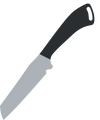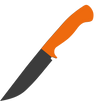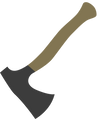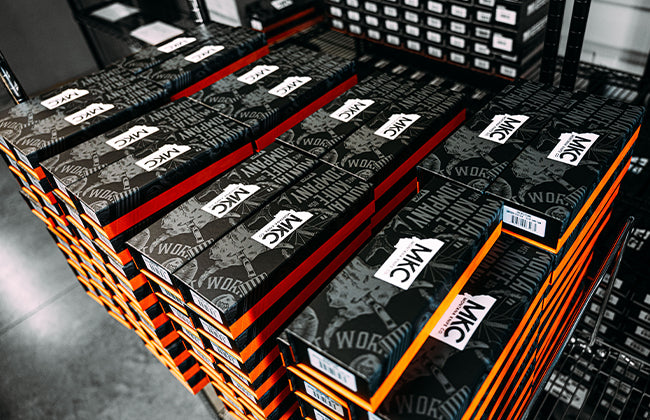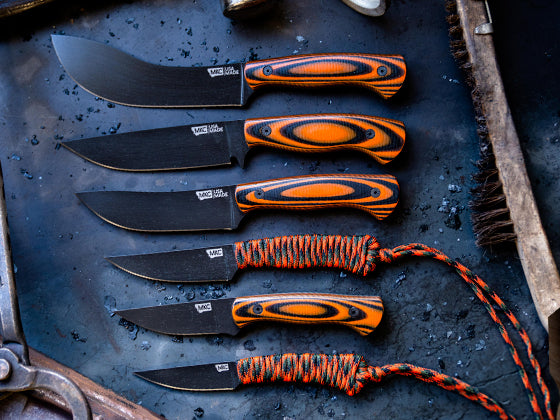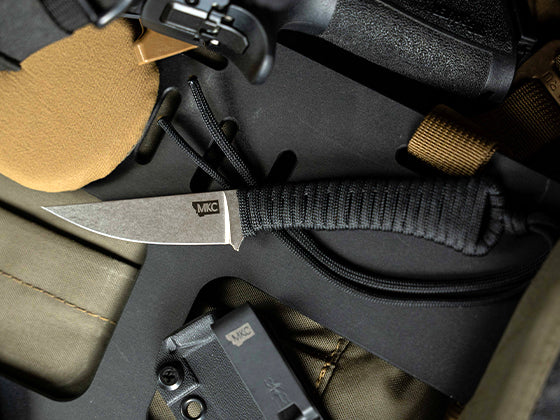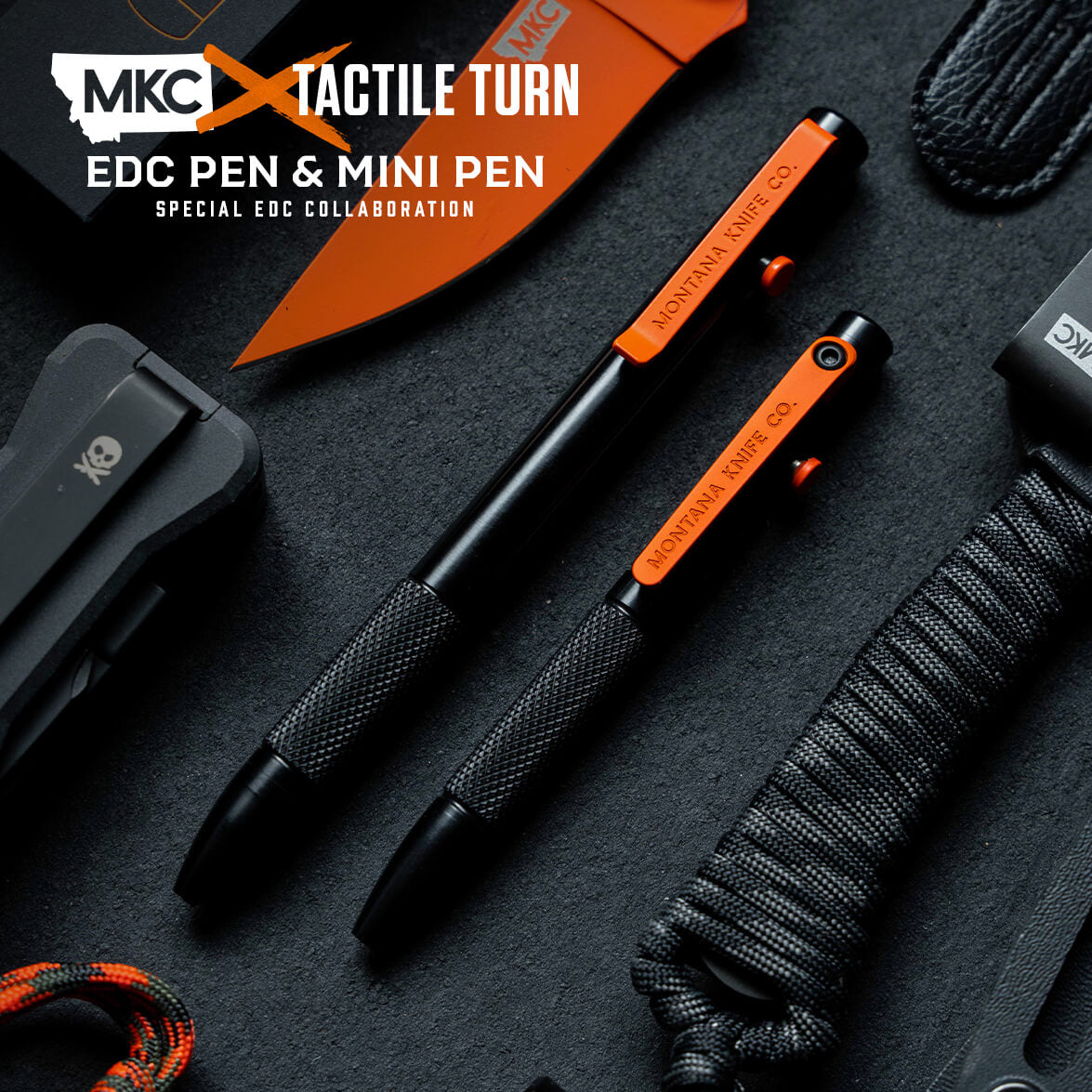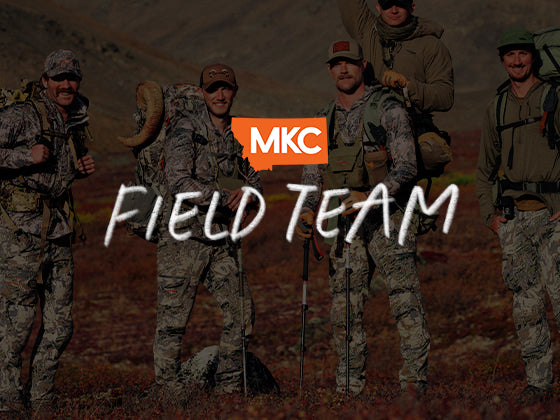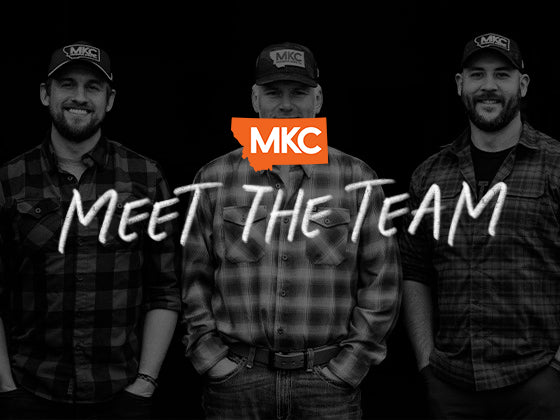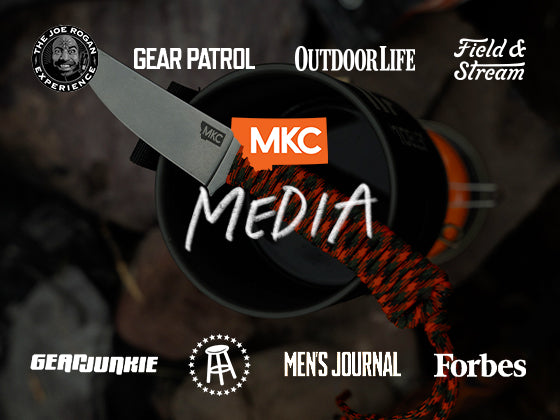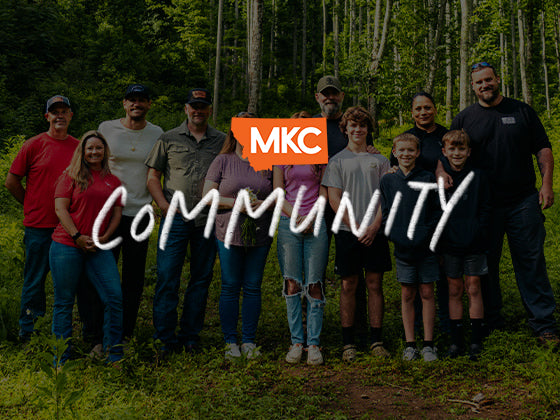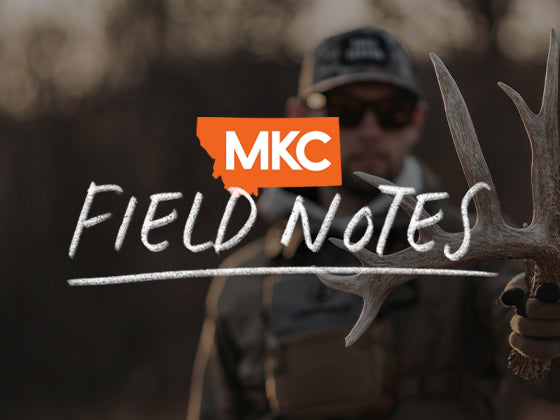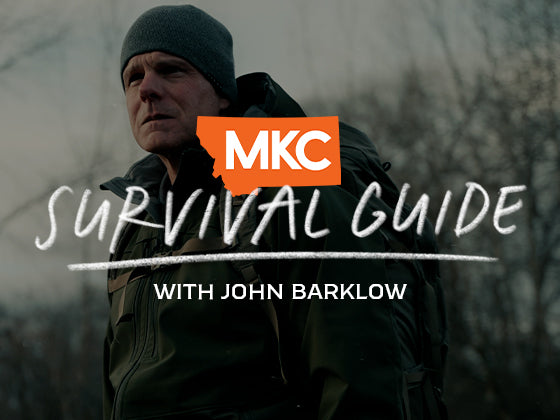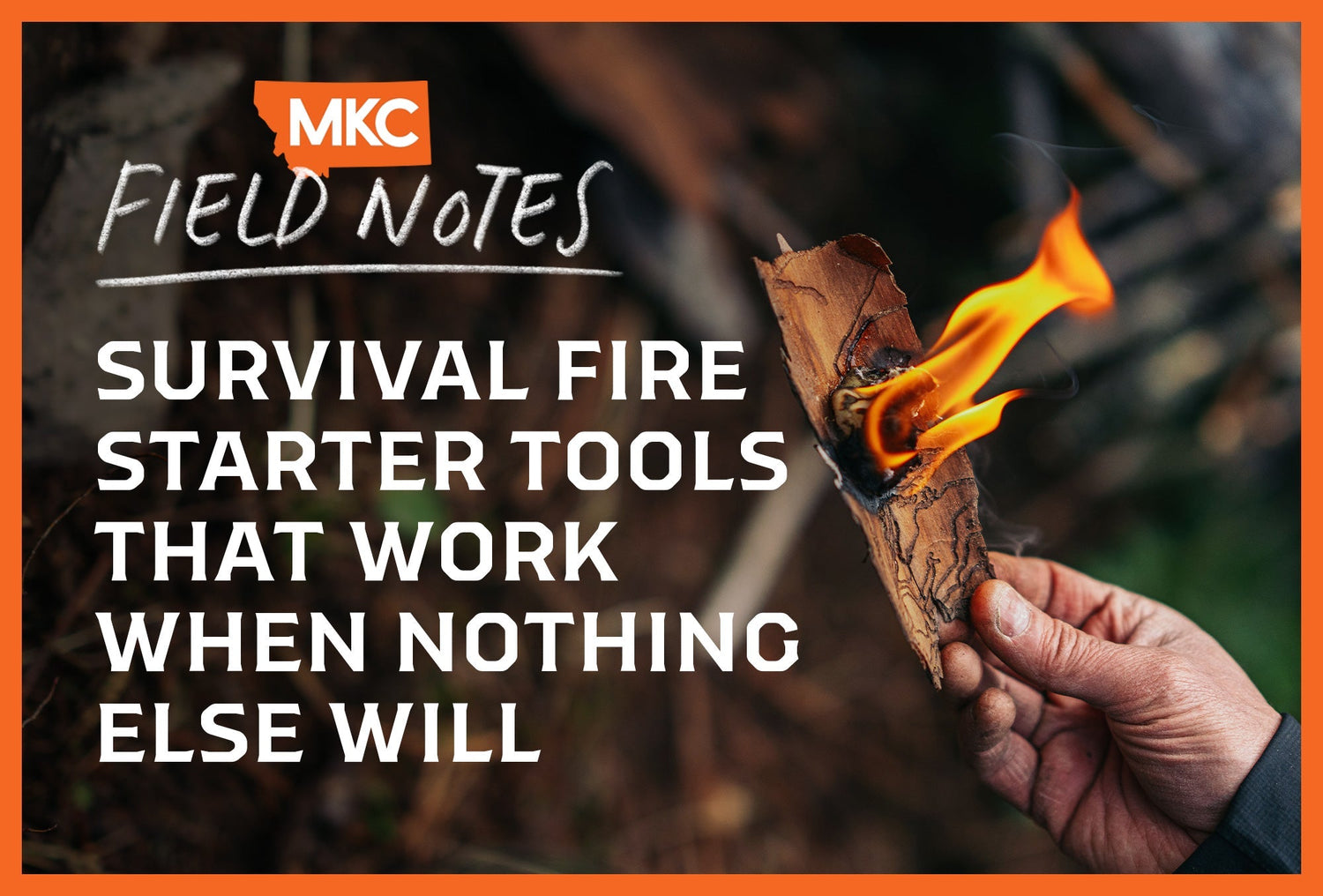On a hunt in the Alaskan bush, I watched a friend nearly lose his thumb to a hatchet while trying to process firewood.
The float plane had just left, but luckily, he managed to get communications on the VHF radio and had the pilot return for immediate evacuation to the hospital.
Proper survival fire starter selection and technique could have kept my friend from ending our hunt early (and in one piece!). Today, I’m sharing what I wish we knew back then: the survival fire starter components every outdoorsman must carry, where to store them, and how to use them when your life depends on them.

Essential Survival Fire Starter Tools
An effective survival fire starter kit includes three components: ignition tools, cutting implements, and proper tinder.
Each component plays a role in the fire-building process, and failure at any stage compromises your entire system.
Ignition Tools
A windproof refillable lighter is the best primary survival fire starter. These tools function well in harsh conditions where standard BIC lighters may fail — high winds or precipitation, for example.
However, I’m not against standard BIC lighters. They make great backup lighters because of their reliability and compact size.
Always carry at least one ferrocerium rod (ferro rod) as a secondary survival fire starter. Ferro rods function when wet, last for thousands of strikes, and generate sparks hot enough to ignite most tinder types.
Magnesium rods are also great. They combine a striking surface with scrapable magnesium shavings, creating both the ignition source and supplemental tinder for the fire. The magnesium burns at high temperatures, making it effective for igniting marginally damp materials.
Cutting Tools
Fixed-blade knives with three- to five-inch blades allow you to process wood, create feather sticks, and prepare tinder. Pick a knife that maintains its edge and withstands the abuse of chopping and prying.
Folding saws, on the other hand, cut through larger-diameter wood quickly and with minimal energy expenditure. This efficiency matters when you’re processing fuel in emergencies or when you’re creating dry interior wood from wet standing deadwood.
Hatchets have powerful chopping capability but pose safety concerns. I’ve witnessed severe injuries from improper hatchet use in remote settings — my friend nearly losing his thumb, for instance.
If you carry a hatchet, use the batoning method rather than swinging freely, especially in adverse weather or if you’re exhausted.
Tinder Selection
Prefab tinder is your fire’s starting point — its nucleus, if you will.
Commercial options like WetFire cubes work even after getting soaked and burn hot enough to light damp kindling. Meanwhile, rope sections soaked in pitch burn for a long time, no matter the weather.
DIY alternatives include cotton balls saturated with petroleum jelly, which burn for four to seven minutes per ball and ignite easily. Small strips of duct tape are also reliable emergency tinder.
Prefer natural tinders? Punky wood from dead standing trees, pine resin, birch bark, and certain types of dried moss also function effectively when they’re properly prepared and stored. When you encounter high-quality natural tinder during your travels, collect some and dry it using body heat for future use.
Where to Store Your Survival Fire Starter Kit for Quick Access
The most comprehensive survival fire starter kit won’t help you if you can’t access it when you need it.
Your possibles pouch must contain at least two ignition sources, prepared tinder, and a small cutting tool. Keep this kit on you at all times — it comes in handy when you’re separated from your main pack while collecting water, stalking, or completing other short-duration activities away from camp.
Distribute additional survival fire starter tools throughout your gear. For instance, I place lighters in multiple locations:
- One with my stove system
- One in my optics harness for checking wind
- Two in my possibles pouch
- One in a waterproof container in an outer pocket
This redundancy means I always have access to survival fire starter tools regardless of what gear components are lost or damaged.
How to Test Your Survival Fire Starter System
Too many outdoorsmen pack a bunch of high-quality survival fire starter gear without testing whether it all works together in the field. They don’t learn that their ferro rod won’t light their fancy tinder until their life depends on it.
Not all ignition methods light all tinder types. Compatibility testing identifies these limitations before you suffer from them in survival situations.
Conduct field tests that replicate worst-case environmental conditions:
- Rain-soaked equipment
- Sub-freezing temperatures
- High winds
- Snow-covered surroundings
- Limited visibility
These harsh-condition tests build confidence in your system while revealing weak points that need adjustment. It’s better to replace or supplement components that perform poorly during testing than discover that your system doesn’t work during an actual emergency.
When Your Survival Fire Starter Kit Matters Most
Your survival fire starter kit needs to fill three real-world needs:
Emergency Warming Fires
When you’re at risk of hypothermia, you need rapid flame production with minimal prep time.
Your tinder selection and ignition method needs to work when you have cold, trembling hands and limited dexterity.
Signal Fires
When you’re separated from your group or need to be rescued, you need a fire that generates visible smoke. Make sure your survival fire starter kit includes the cutting tools you need to process green vegetation for smoke production.
Extended Survival Needs
When you’re stuck for multiple days, your fire kit needs to work again and again without burning through all your resources.
In these situations, I’ll take reliability over convenience. No fancy one-use gadgets — just tried and true methods that work on day three just as well as they did on day one.
How to Master Fire-Making: It’s Not Just About the Gear
Without the right knowledge, even the best survival fire starter kit is useless.
Practice fire-starting drills every week under different conditions. This practice builds the muscle memory and confidence you need during actual emergencies.
Before you head out, take some time to learn what natural fire-starters grow in the local environment. When I scout a new hunting zone, I look for birch trees with papery bark, pine trees with sticky sap, or old standing dead trees with punky wood. Knowing what’s around means you’re not stuck when your fancy store-bought tinder runs out.
Also, keep track of your survival fire starter kit contents and their condition. Replace depleted or damaged components immediately — it keeps your system fully capable between trips.
The most effective survival fire starter isn’t the most expensive or technically advanced. It’s the one you’ve mastered through practice in realistic conditions. Proper prep turns these tools from occasional conveniences into life-saving essentials.

by John Barklow, a Special Operations Survival Instructor and consultant who has spent decades teaching military personnel and civilians survival techniques in extreme environments.








